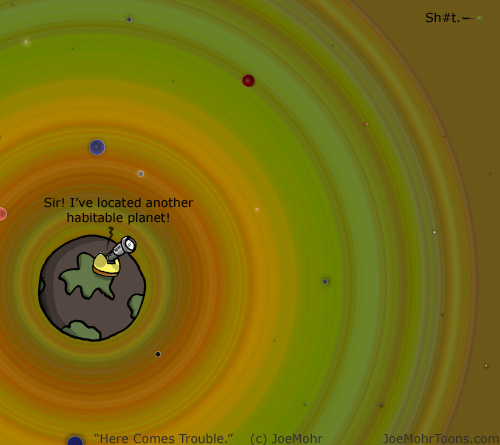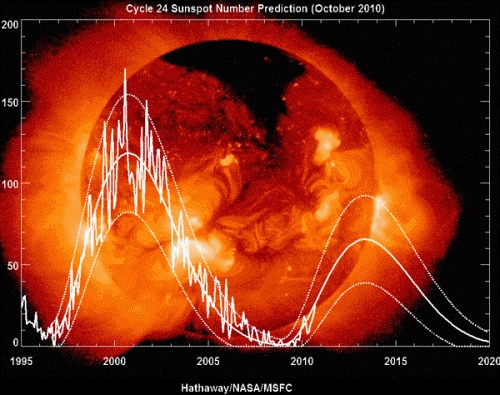[updated content; Solar Flare, see below] At three times the diameter of the Earth — 25, 000 miles/40,000 km wide and 50,000miles / 80,000 km long — the newest sunspot to make its appearance on our sun’s surface is the largest seen in years, according to NASA experts. The sunspot is part of Active Region (AR) 1339 and was detected earlier today by NASA’s Solar Dynamics Observatory (SDO) during its routine surveillance and imaging mission.
The spot was detected as it appeared in the northeastern sector, or “limb”, of the sun’s surface. The sun spot is larger than the sunspot seen in active region (AR) 1302 detected on September 22 of this year, also by SDO
The sunspot is large enough to be easily detected by amateur astronomers with solar filters here on Earth for the next few days as it slowly turns directly towards Earth.
The region has already experienced some 8 solar flares since its detection, including an M class flare (the second most powerful class of flares) on November 2. The space agency said that X class flares (the most powerful type) were possible, even an X10 flare, the largest and most powerful category of solar flare (note: and X1.9 flare was produced by AR 1302 on Sept. 24)
{UPDATE} On November 3 (Thursday), a massive solar flare erupted from the large sunspot region in AR 1339. It has been classified as an X1.9 (max. value = X10) solar flare — making it one of the most powerful flares ever recorded. The event began at 4:27 p.m. ET (2027 GMT). The flare caused some communication disruption/interference here on Earth approximately 45 minutes after the eruption.
Sunspots are relatively cool, magnetically active regions that appear on the sun’s surface, often in oppositely charged pairs. They appear dark due to their lower temperatures. They are frequently the loci of violent solar activity — solar “storms” — in the form of solar flare eruptions and even coronal mass ejections (CMEs) in which massive “bubbles” of plasma gas and high-energy particles are ejected far out into space.
Plasma and particles from CMEs, upon reaching earth, can trigger geomagnetic storms and seriously disrupt communication satellites in orbit and power grids on the ground.
Despite these recent large sunspot appearances and accompanying solar flares, the current sunspot cycle is not considered particularly active.
Periods of high sunspot activity are not strongly correlated with climate impacts here on Earth.
Recent advances in astrophysical research and technology are allowing scientists to predict the appearance of sunspots, but predicting which sunspots or ARs will produce flares, or CMEs, is not yet possible.
To see more amazing and beautiful images of solar activity, visit the SDO website.
top image: NASA/SDO


